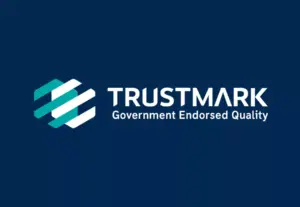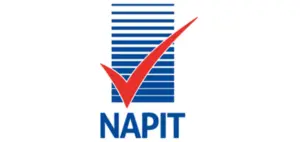WARM WALL INSULATION
EXTERNAL WALL INSULATION (EWI)
WARM WALL INSULATION – Get an unbeatable quote today for External Wall Insulation
WARM WALL INSULATION – EXTERNAL WALL INSULATION – THE BENEFITS
External wall insulation (EWI) is a popular energy efficiency measure in the UK, particularly for properties with solid walls that lack a cavity.
Here’s an overview of EWI in the UK:
What is External Wall Insulation?
External wall insulation involves adding an insulating layer to the outer walls of a building, which is then covered with a protective and decorative finish. The process can improve thermal efficiency, reduce energy bills, and enhance the building’s appearance.
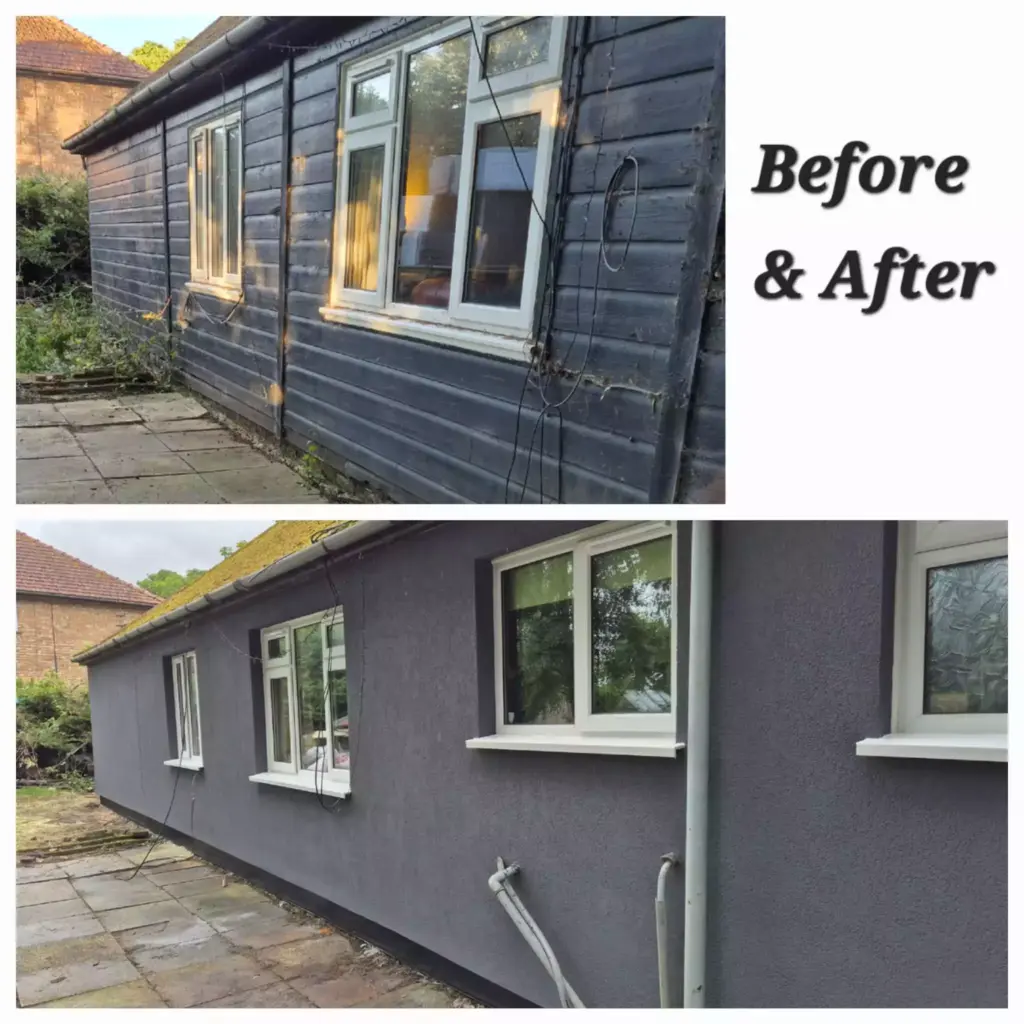
Benefits of External Wall Insulation
1. Improved Energy Efficiency
Reduces heat loss and keeps the home warmer in winter and cooler in summer
2. Lower Energy Bills
Significant savings on heating bills.
3. Reduced Carbon Footprint
Helps meet energy efficiency goals.
4. Aesthetic Upgrade
Comes in various finishes (render, brick slips, etc.) to improve the building's appearance.
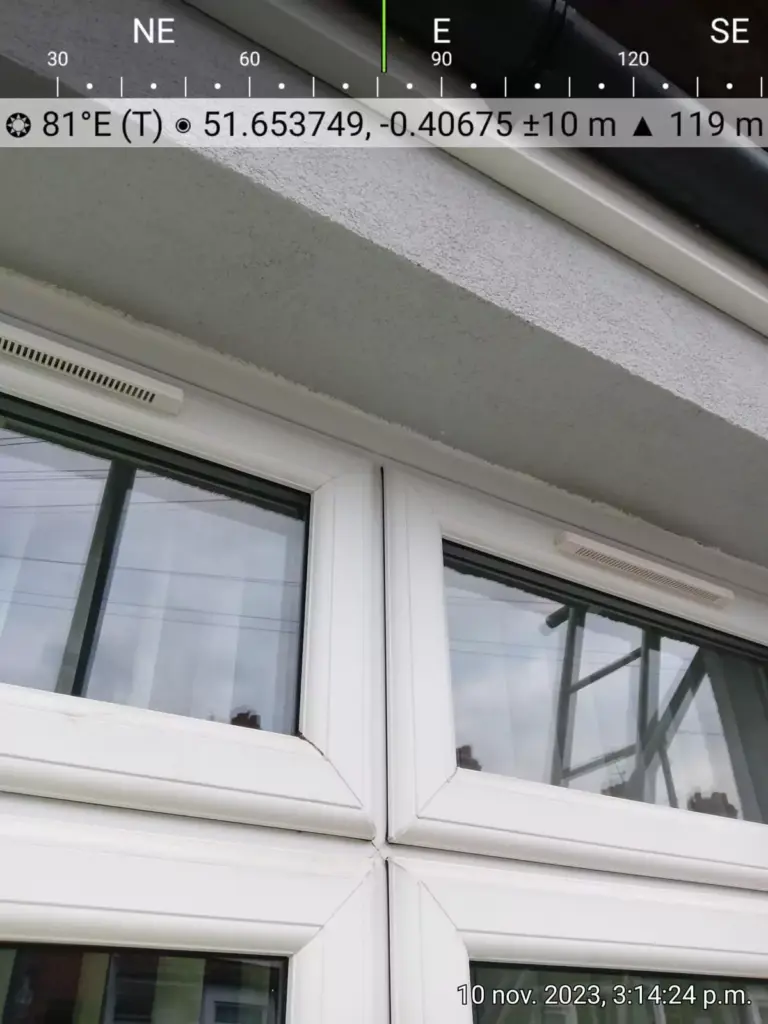
5. Weather Protection
Shields walls from damp, cracks, and other weather-related issues.
6. Soundproofing
Helps to reduce external noise.
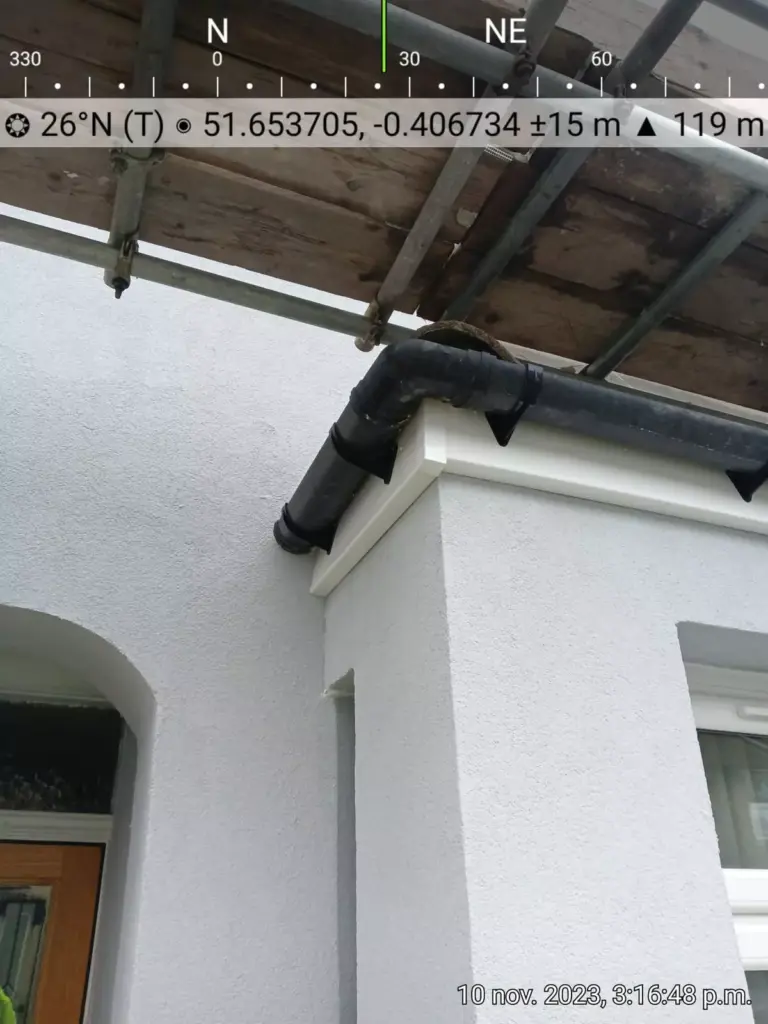
Who Can Benefit From External Wall Insulation (EWI)?
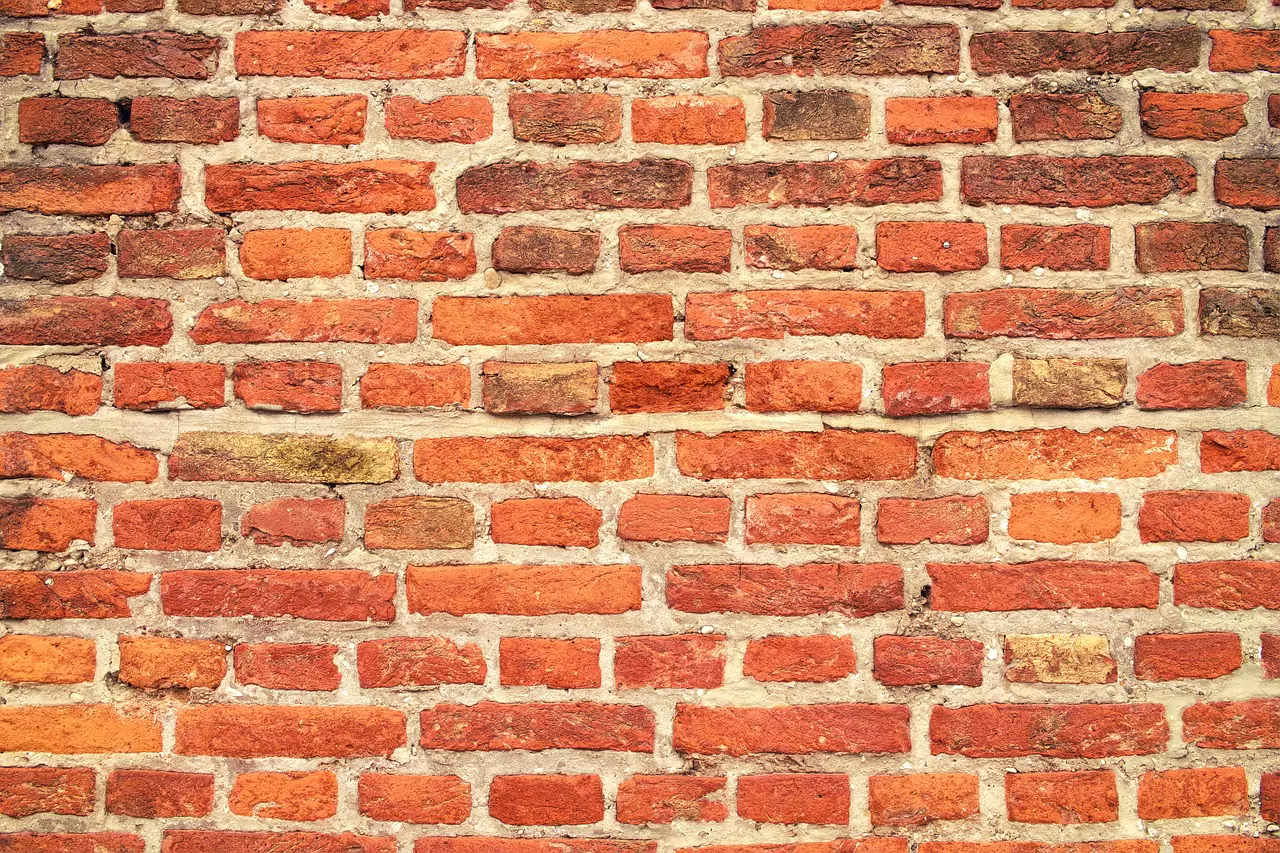
Who Can Benefit From External Wall Insulation (EWI)?
EWI is most effective for: Homes with solid brick or stone walls.
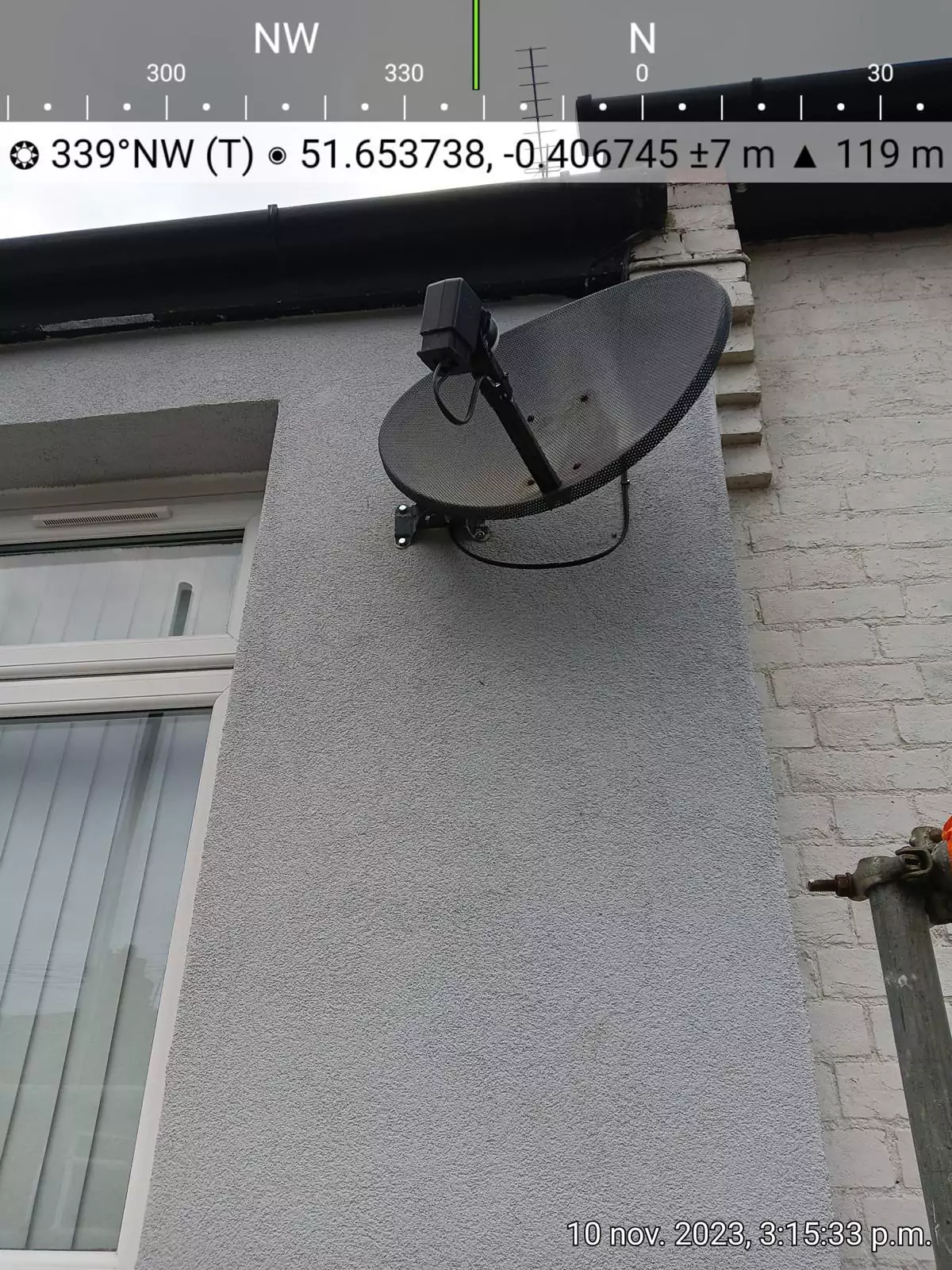
Who Can Benefit From External Wall Insulation (EWI)?
EWI is most effective for: Properties that cannot have cavity wall insulation.
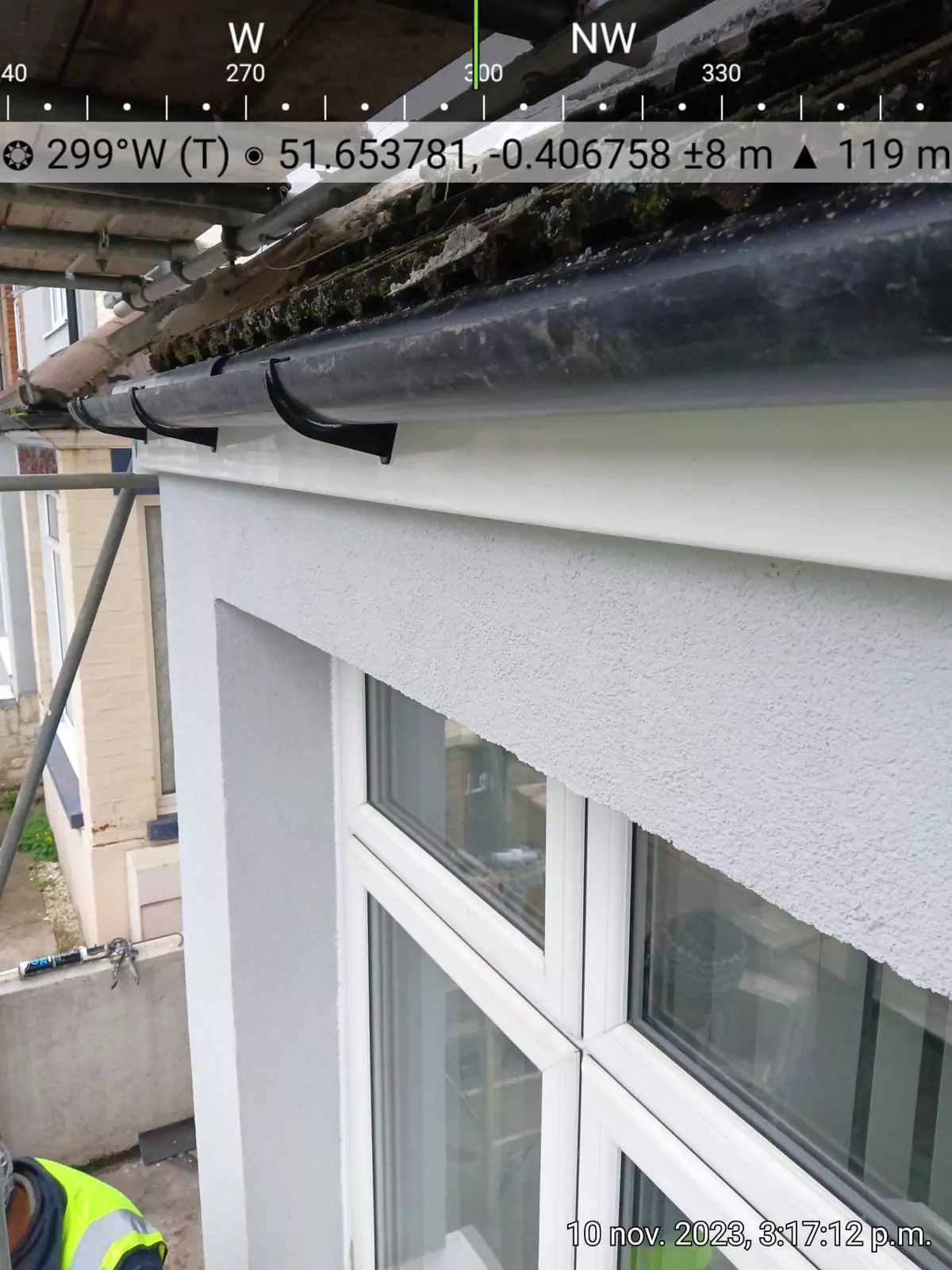
Who Can Benefit From External Wall Insulation (EWI)?
EWI is most effective for: Older buildings constructed before the 1920s.

WARM WALL INSULATION – BENEFITS
Installation Process
- Assessment: Survey the property to check suitability.
- Preparation: Clean walls and fix any structural issues.
- Insulation Application: Fix insulating panels (e.g., mineral wool, polystyrene, phenolic boards) to the wall.
- Reinforcement: Apply a mesh layer for stability.
- Finishing: Cover with render, brick slips, or cladding for weatherproofing and aesthetics.

WARM WALL INSULATION – EXTERNAL WALL INSULATION COSTS, GRANTS, BUILDING REGULATIONS, AND PLANNING PERMISSION?
Costs and Grants
- Costs: Installation costs typically range from £8,000 to £22,000, depending on property size, insulation type, and finish.
- Funding and Grants: Check for local or national schemes like the ECO4 Scheme or support from councils for energy-saving measures. Homeowners on benefits or in low-income households may qualify for free or subsidized installation.
Regulations and Planning Permission
- Building Regulations: Must comply with UK building standards.
- Planning Permission: Usually not required unless the property is listed, in a conservation area, or changing appearance significantly.
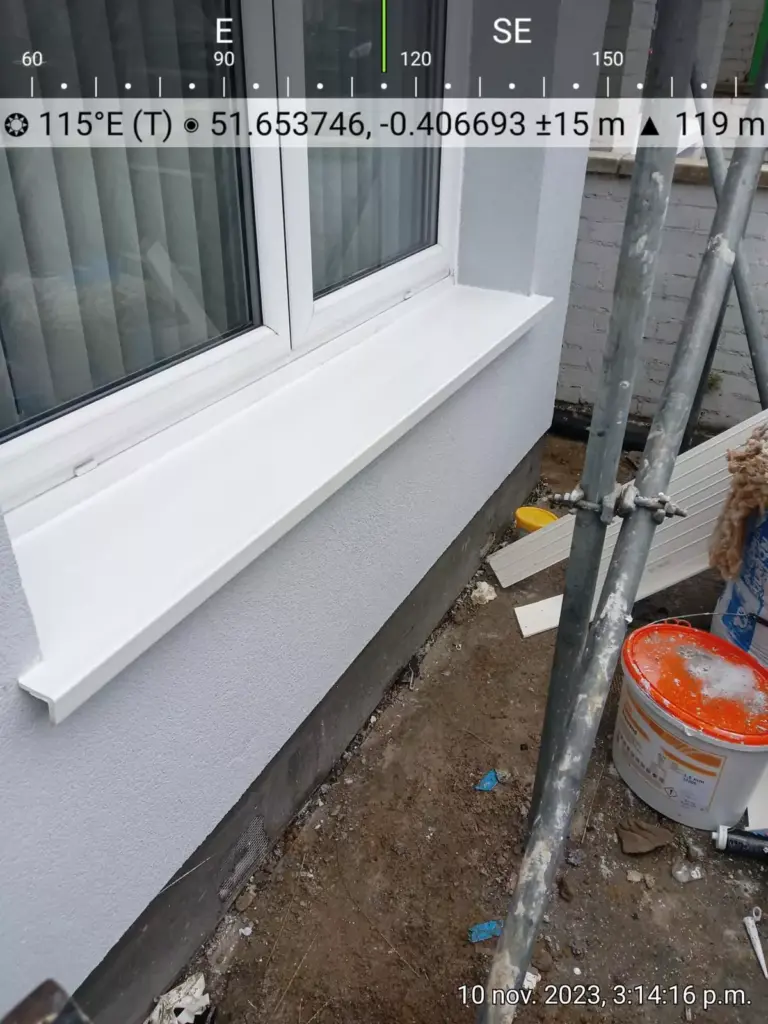
WARM WALL INSULATION – EXTERNAL WALL INSULATION
Maintenance
Once installed, EWI systems require minimal maintenance but should be inspected periodically for cracks or damage to the finish.
If you’re considering external wall insulation for your home, ensure you consult with a certified installer and check eligibility for government schemes or grants.
External wall insulation (EWI) can significantly improve energy efficiency, particularly in older homes with solid walls.
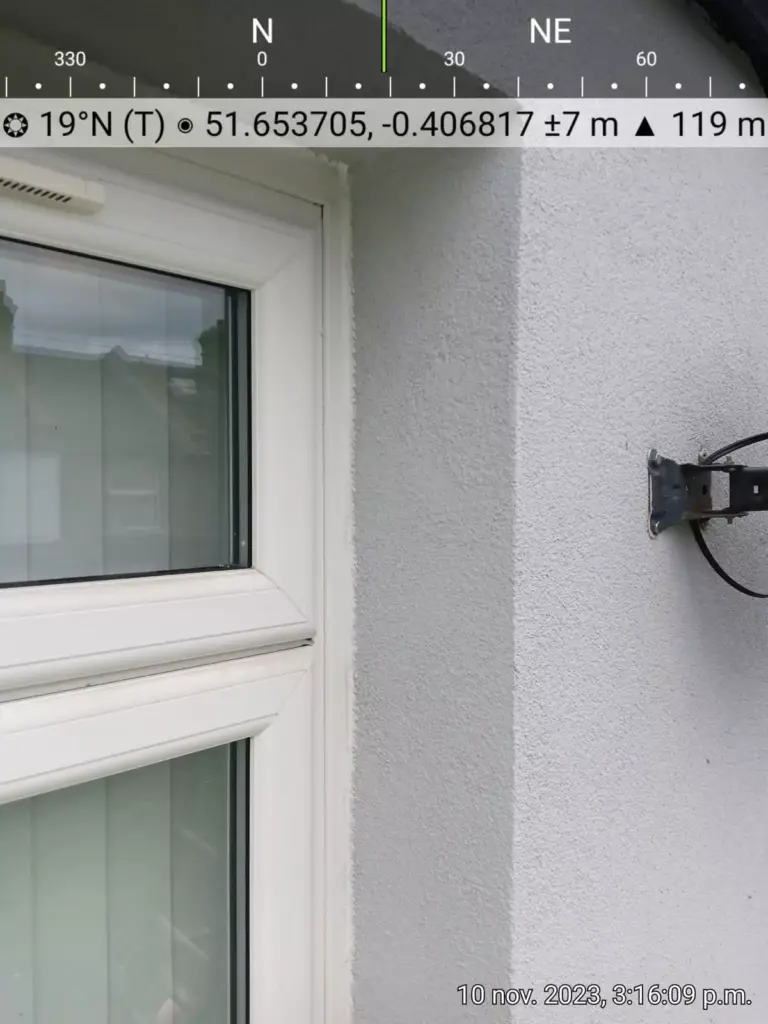
WARM WALL INSULATION – EXTERNAL WALL INSULATION
How External Wall Insulation Improves Energy Efficiency
- Reduced Heat Loss:
Solid walls can lose up to 45% of a building’s heat. EWI creates a thermal barrier, reducing heat transfer through the walls and keeping indoor temperatures more stable. - Thermal Bridging Prevention:
EWI covers the entire external surface, minimizing gaps where heat could escape, unlike some internal insulation solutions. - Improved Air tightness:
By sealing cracks and gaps in the building’s exterior, EWI prevents draughts and uncontrolled air infiltration. - Weatherproofing:
EWI protects the building from damp and moisture penetration, which can worsen heat loss and lead to higher energy use for heating.
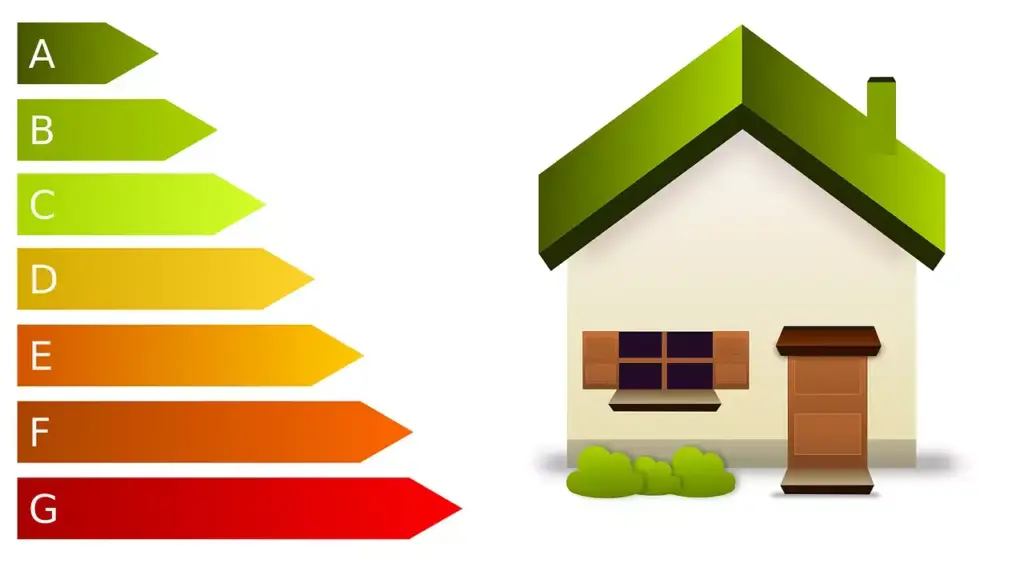
WARM WALL INSULATION – EXTERNAL WALL INSULATION
The energy efficiency improvements from EWI result in:
- Lower Energy Demand: Homes require less heating in winter and less cooling in summer.
- Reduced Energy Bills: Annual savings can range from £200 to £650, depending on the home’s size and existing insulation levels.
- Enhanced Comfort: Consistent indoor temperatures eliminate cold spots and draughts, creating a more comfortable living environment.

WARM WALL INSULATION – EXTERNAL WALL INSULATION
- Reduced Carbon Emissions: By cutting energy consumption, EWI helps reduce greenhouse gas emissions from heating systems, supporting the UK’s net-zero goals.
- Sustainability: Less reliance on fossil fuels or electricity for heating contributes to a greener lifestyle.
Effectiveness in Numbers
According to the UK Energy Saving Trust:
- Insulating solid walls can save 25-35% of energy used for heating.
- A typical home could save around 1,700 kg of CO₂ per year by adding EWI.
Long-Term Gains
While the upfront cost of EWI can be high, its lifespan (20–30 years or more) and the resulting energy savings make it a worthwhile investment, especially for homes with poor thermal performance. For additional savings, homeowners can combine EWI with other energy efficiency measures, like double-glazed windows or roof insulation.
Would you like more details on the installation process or funding options for EWI?
External wall insulation (EWI) significantly lowers energy bills by improving the thermal efficiency of your home. Here’s how it achieves this and what kind of savings you can expect:
How External Wall Insulation (EWI) Lowers Energy Bills
1. Reduced Heat Loss
Up to 45% of heat loss in a poorly insulated home occurs through the walls. EWI acts as a thermal barrier, trapping heat inside during the winter and keeping excess heat out in the summer.
2. More Efficient Heating
With less heat escaping, your heating system doesn’t have to work as hard to maintain a comfortable temperature, reducing energy usage.
3. Stabilized Indoor Temperature
EWI helps maintain a consistent indoor temperature, meaning less reliance on heating during colder months or cooling in warmer months.
4. Eliminates Draughts and Cold Spots
By sealing the building envelope, EWI eliminates draughts and cold spots that force you to use more energy for comfort.
External Wall Insulation (EWI) - Potential Energy Bill Savings

WARM WALL INSULATION – EXTERNAL WALL INSULATION
Potential Energy Bill Savings
The amount you save on energy bills depends on factors such as your home’s size, type, current energy performance, and energy tariff. For solid-wall homes, typical savings are as follows (based on UK averages):
- Detached House: Save up to £650 per year.
- Semi-Detached House: Save around £400–£450 per year.
- Terraced House: Save approximately £260–£300 per year.
- Bungalow: Save up to £300–£400 per year.
These figures assume average gas prices and a standard heating system. Savings may vary with rising energy prices.
External Wall Insulation (EWI) - Long-Term Financial Benefits

Return on Investment?
Although EWI installation costs range from £8,000 to £22,000, the energy savings reduce bills immediately, and payback periods typically range from 10 to 20 years, depending on your energy usage and installation cost.

Increased Property Value?
EWI improves your home’s Energy Performance Certificate (EPC) rating, which can boost property resale value.
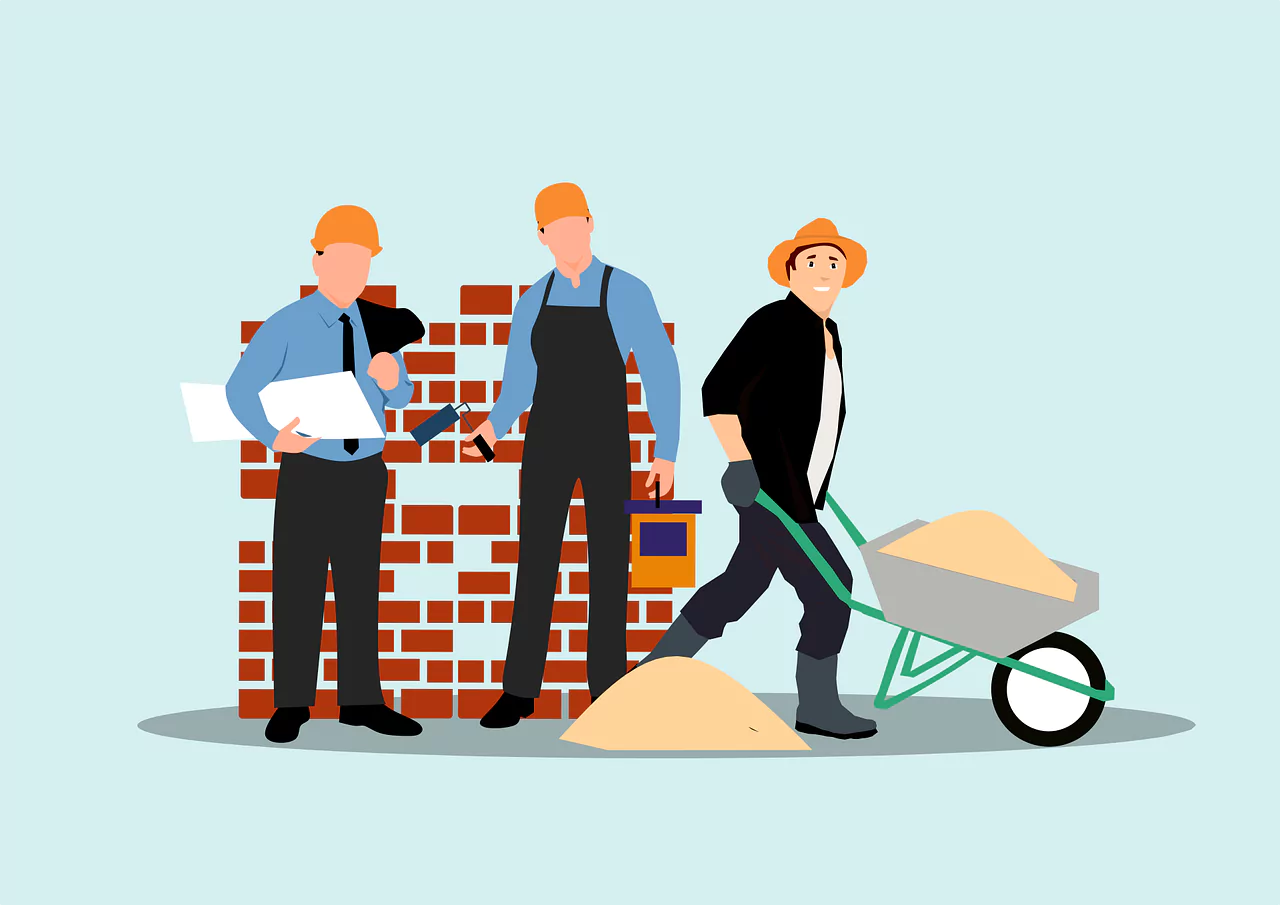
Reduced Maintenance Costs?
EWI also protects external walls from weather damage, reducing long-term maintenance expenses.
External Wall Insulation (EWI) - Long-Term Financial Benefits
WARM WALL INSULATION & EXTERNAL WALL INSULATION (EWI)
Additional Savings Opportunities from EWI
- Grants and Subsidies:
Government programs like the ECO4 Scheme or local council grants may cover part or all of the installation costs, increasing affordability. - Renewable Heat Incentive (RHI):
If combined with renewable heating technologies (e.g., heat pumps), you may qualify for additional savings.
Real-World Example
For a solid-walled, semi-detached home using gas for heating:
- Annual heating cost without insulation: £1,800.
- Annual heating cost with EWI: £1,350.
- Savings: £450 per year.


WARM WALL INSULATION – EXTERNAL WALL INSULATION
External wall insulation (EWI) plays a crucial role in reducing the carbon footprint of a home by lowering energy consumption and minimizing greenhouse gas emissions. Here’s how it helps and the impact it can have:
How EWI Reduces Carbon Emissions
- Improved Thermal Efficiency:
EWI reduces heat loss through solid walls, meaning less energy is required to heat or cool the home. This directly reduces the demand for fossil fuel-based heating systems. - Lower Energy Usage:
A well-insulated home needs less gas, oil, or electricity to maintain a comfortable temperature, cutting down on carbon emissions associated with energy production. - Supports Renewable Energy Integration:
By reducing the overall energy demand, EWI makes it easier for a household to meet its energy needs using renewable sources like solar panels or heat pumps.

WARM WALL INSULATION – EXTERNAL WALL INSULATION
Carbon Savings from EWI
The Energy Saving Trust estimates the following annual CO₂ reductions for homes with solid wall insulation in the UK:
- Detached House: Up to 1,900 kg CO₂ saved annually.
- Semi-Detached House: Around 1,100 kg CO₂ saved annually.
- Terraced House: Approximately 750 kg CO₂ saved annually.
- Bungalow: Up to 1,000 kg CO₂ saved annually.
These figures vary based on the type of heating system and the home’s energy performance before insulation.
Contribution to Net-Zero Goals
- Residential Emissions: Homes account for approximately 20% of the UK’s carbon emissions, mainly due to space and water heating. EWI is a critical step toward decarbonizing the housing sector.
- Meeting Climate Targets: By reducing reliance on fossil fuels, EWI helps align with the UK’s goal of achieving net-zero emissions by 2050.
External Wall Insulation (EWI) - Long-Term Environmental Benefits
1. Durability
EWI systems last 20–30 years or more, ensuring sustained carbon savings over decades.
2. Less Energy Waste
Insulating homes reduces the strain on national energy grids, making renewable energy sources like wind and solar more impactful.
3. Circular Economy Potential
Modern insulation materials often use recycled components and are designed to be low-impact, reducing the carbon footprint of the installation process itself.
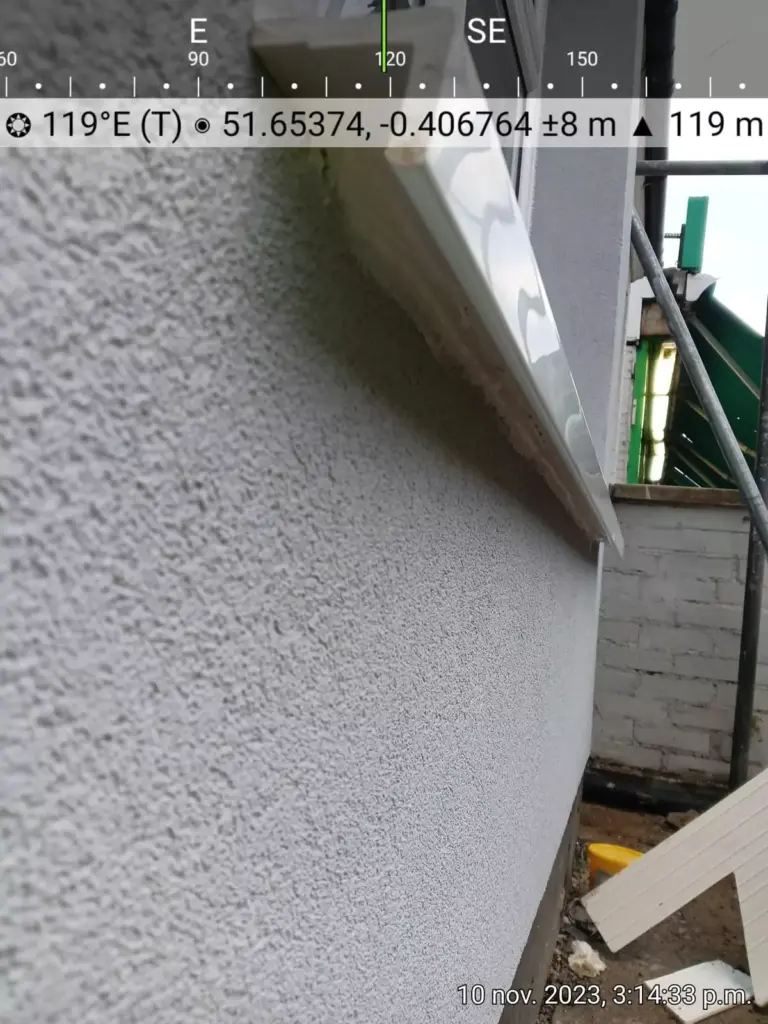
WARM WALL INSULATION – EXTERNAL WALL INSULATION
Environmental Impact
For a semi-detached house using gas heating:
- Without insulation: ~4,000 kg CO₂ per year.
- With EWI: ~2,900 kg CO₂ per year.
- Annual reduction: ~1,100 kg CO₂ (~28%).
Would you like assistance calculating your potential carbon savings or advice on grants to make EWI more accessible?
External wall insulation (EWI) not only improves energy efficiency but also provides an excellent opportunity to enhance the aesthetic appeal of your home.

WARM WALL INSULATION – EXTERNAL WALL INSULATION
Aesthetic Benefits of External Wall Insulation
Wide Range of Finishes: EWI systems can be finished in various materials, allowing homeowners to achieve their desired look. Popular options include:
- Rendered Finishes: Smooth or textured renders in various colors.
- Brick Slips: A brick-like appearance for traditional or contemporary designs.
- Stone or Timber Cladding: Natural materials for a rustic or modern finish.
- Paintable Surfaces: Customize with any paint color to suit your preferences.
Modernized Appearance: EWI can transform older or weathered properties by covering cracks, stains, and uneven surfaces, giving them a fresh and updated look.
Uniformity and Clean Lines: The insulation layer creates a consistent surface, eliminating visual imperfections like mismatched brickwork or patchy repairs.
Customization:
- Choose from a range of textures (smooth, stippled, or roughcast).
- Incorporate architectural details like decorative moldings or patterns for added character.
- Mix and match finishes for different sections of the building (e.g., brick slips on the lower half and render above).
Increased Property Value: A well-finished exterior can enhance curb appeal, making the property more attractive to potential buyers or tenants.
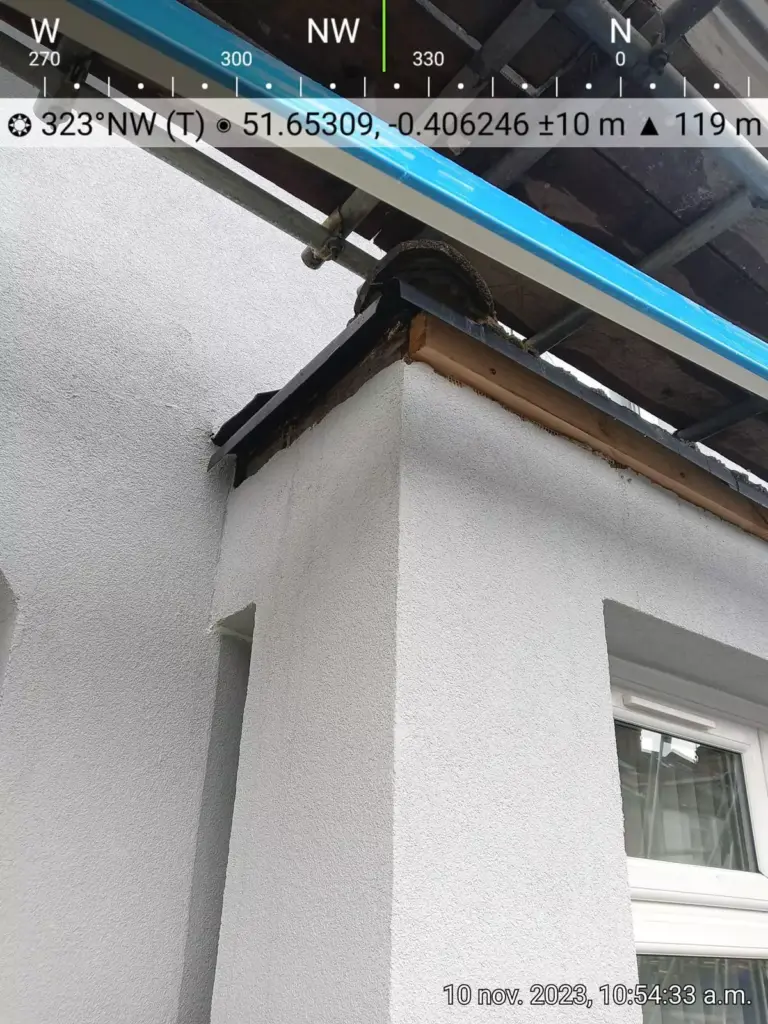
WARM WALL INSULATION – EXTERNAL WALL INSULATION
Aesthetic Benefits of External Wall Insulation
Popular Styles and Trends
Contemporary Minimalism:
- Smooth, light-colored render for a sleek, modern look.
- Perfect for urban or newly renovated properties.
Rustic Charm:
- Brick slips or stone cladding for a traditional cottage-like appearance.
- Ideal for rural or heritage-style homes.
Bold and Colorful:
- Use vibrant colored renders for a unique, standout facade.
- Popular in areas where bold design is encouraged, such as coastal towns.
Mixed Materials:
- Combine finishes, such as timber cladding with smooth render, for a stylish, architectural effect.
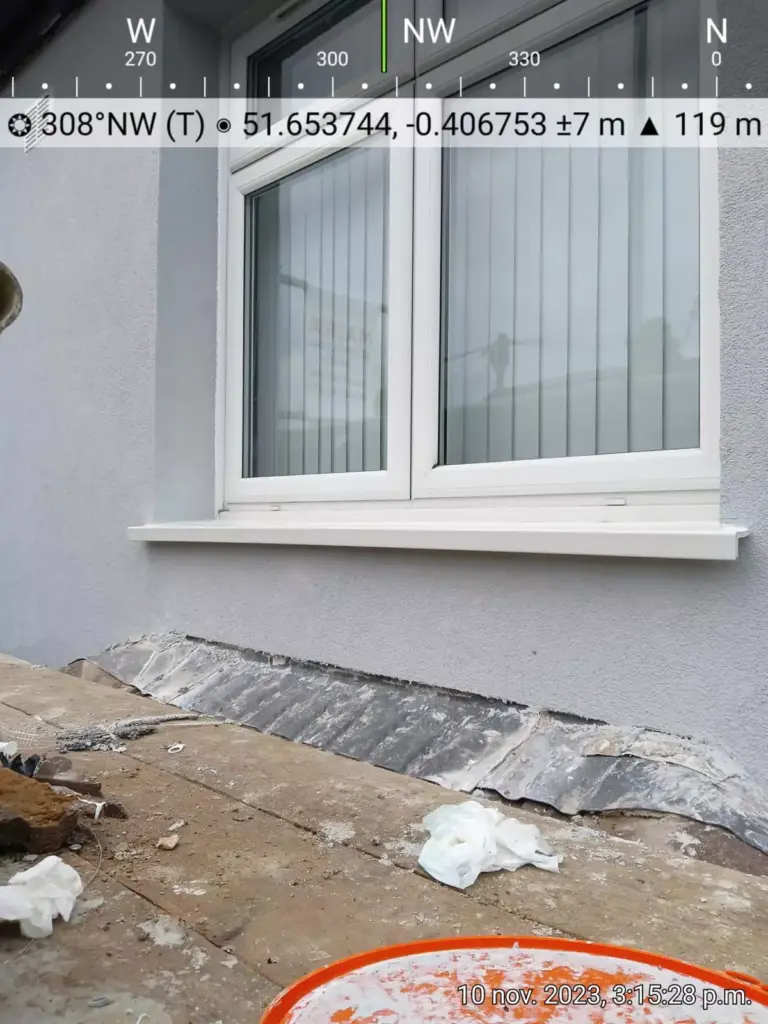
WARM WALL INSULATION – EXTERNAL WALL INSULATION
Practical Considerations for Aesthetic Upgrades
Planning Permission:
- Typically, EWI doesn’t require planning permission unless your home is in a conservation area, listed, or the changes significantly alter its appearance.
- Always check with your local council if in doubt.
Longevity:
- High-quality finishes are weatherproof and fade-resistant, maintaining their appearance for 20–30 years with minimal maintenance.
Neighborhood Harmony:
- Consider the architectural style of surrounding properties to ensure your home’s new look blends well with the area.
Example Transformations
- Before: An older brick home with weathered and uneven walls.
- After: Smooth white render with contrasting grey brick slips around the base, creating a modern, polished appearance.
Would you like recommendations on finishes, color schemes, or information on how to match EWI aesthetics to your home’s style?
External wall insulation (EWI) provides excellent weather protection, enhancing the durability and resilience of your home against the elements. Here’s how EWI shields your property and why it’s a valuable investment:
External Wall Insulation (EWI) - How Does EWI Protect Against Weather?

1. Barrier Against Moisture
EWI includes a weatherproof outer layer (render, brick slips, or cladding) that prevents rainwater and damp from penetrating the walls.

2. Prevents Freeze-Thaw Damage
By maintaining a stable wall temperature, EWI reduces the risk of cracks caused by water freezing and expanding in the wall material during colder months.

3. UV Resistance
High-quality finishes protect the walls from sun damage, preventing fading, cracking, and deterioration over time.

4. Wind Resistance
The insulation layer and protective coating add structural integrity, helping the walls withstand strong winds and storms.
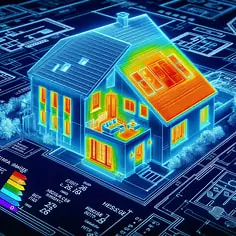
5. Thermal Buffer
EWI keeps walls warmer in winter and cooler in summer, reducing thermal stress caused by extreme temperature fluctuations.

WARM WALL INSULATION – EXTERNAL WALL INSULATION
Specific Weatherproofing Features
- Waterproof Render:
Modern renders (silicone, acrylic, or polymer-based) are designed to repel water while allowing vapor to escape, preventing condensation buildup. - Breathability:
Many EWI systems use breathable insulation materials like mineral wool or breathable renders, which allow moisture inside the wall to evaporate, preventing damp and mold. - Algae and Mold Resistance:
Some systems include anti-fungal treatments to resist algae, mold, and discoloration caused by damp conditions. - Enhanced Wall Durability:
EWI systems protect against erosion, cracks, and other forms of weather-induced wear, extending the life of your building.
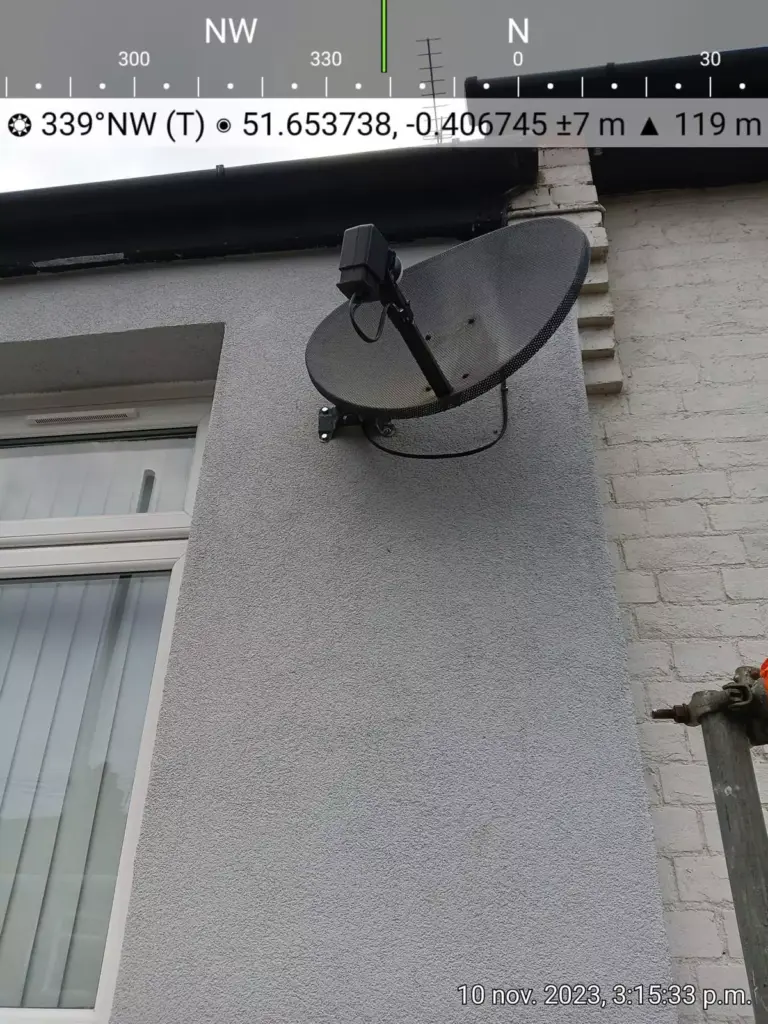
WARM WALL INSULATION – EXTERNAL WALL INSULATION
Benefits of Weather Protection
- Reduced Maintenance Costs:
By shielding the original wall structure, EWI minimizes the need for frequent repairs caused by water damage, cracks, or weathering. - Improved Indoor Environment:
Keeps dampness and drafts out, creating a more comfortable and healthier indoor space. - Energy Efficiency Gains:
Weather protection complements the thermal insulation, reducing heat loss in winter and heat gain in summer. - Long-Term Durability:
Properly installed EWI can last 20–30 years or more, providing enduring protection against the UK’s unpredictable weather.
External Wall Insulation (EWI) - Considerations for Effective Weather Protection

Quality of Materials?
Choose high-quality renders and insulation materials suited to your local climate conditions (e.g., silicone-based renders for high rainfall areas).

Installation Expertise?
Work with certified installers to ensure proper application and sealing to avoid weak points where water could penetrate.
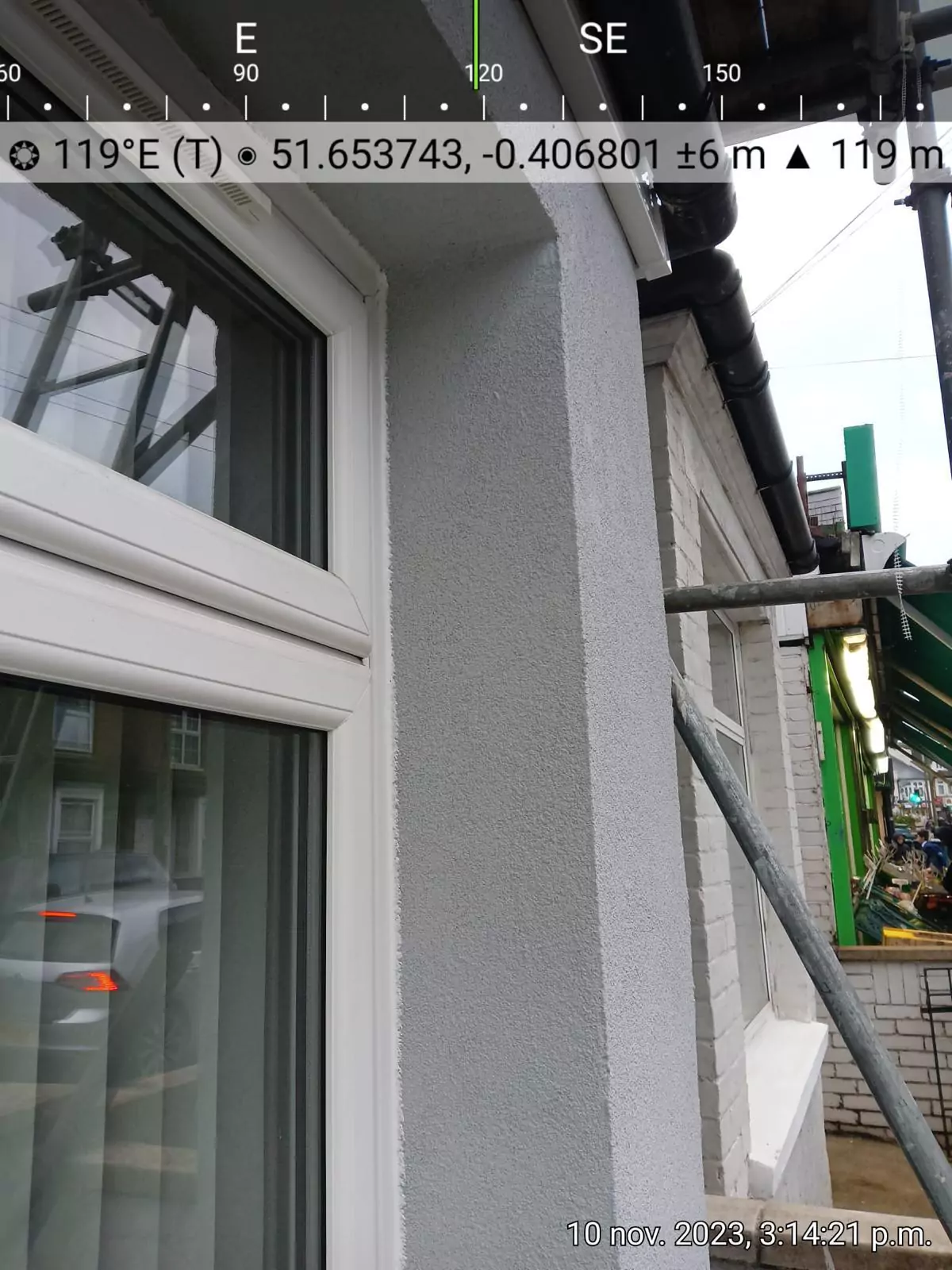
Maintenance?
Inspect and clean the exterior periodically to remove dirt, algae, or debris that could compromise the weatherproof layer.
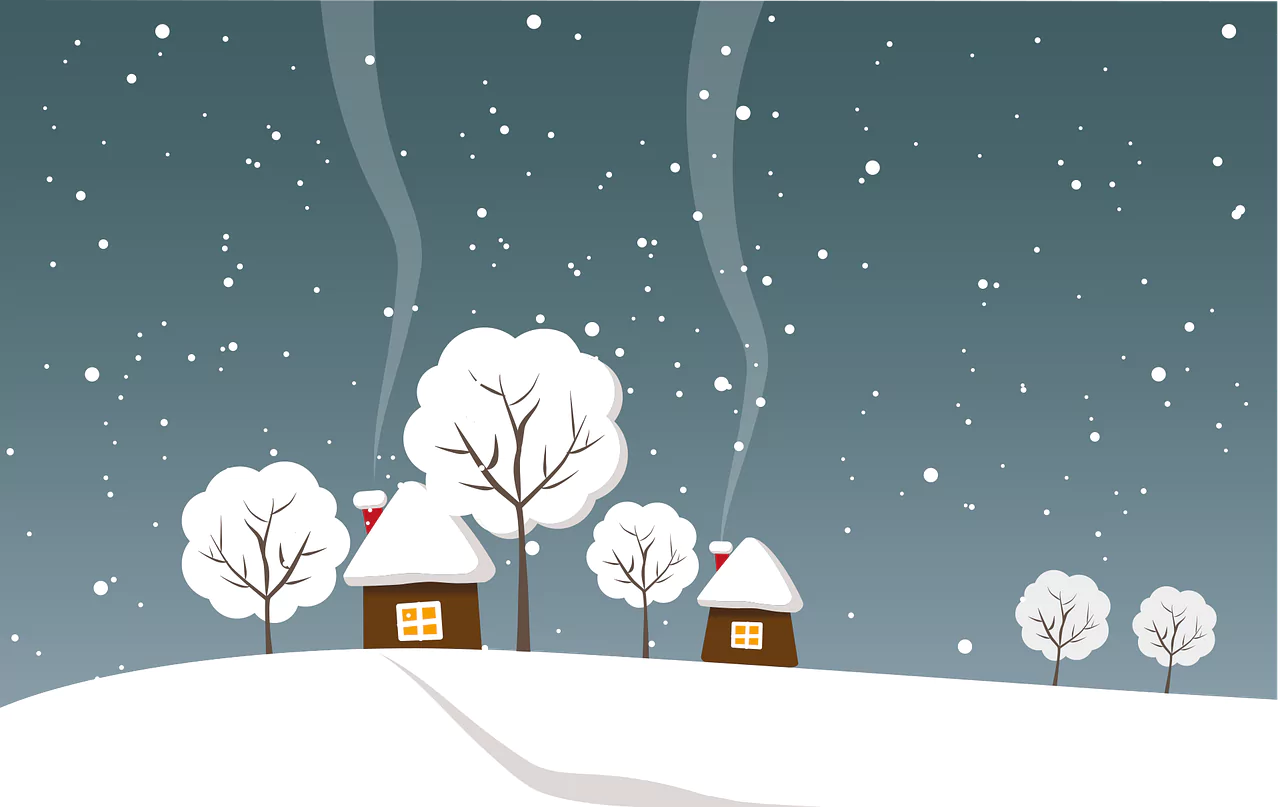
Local Conditions?
Homes in coastal or high-rainfall areas may need additional measures, such as extra waterproof coatings or salt-resistant materials.
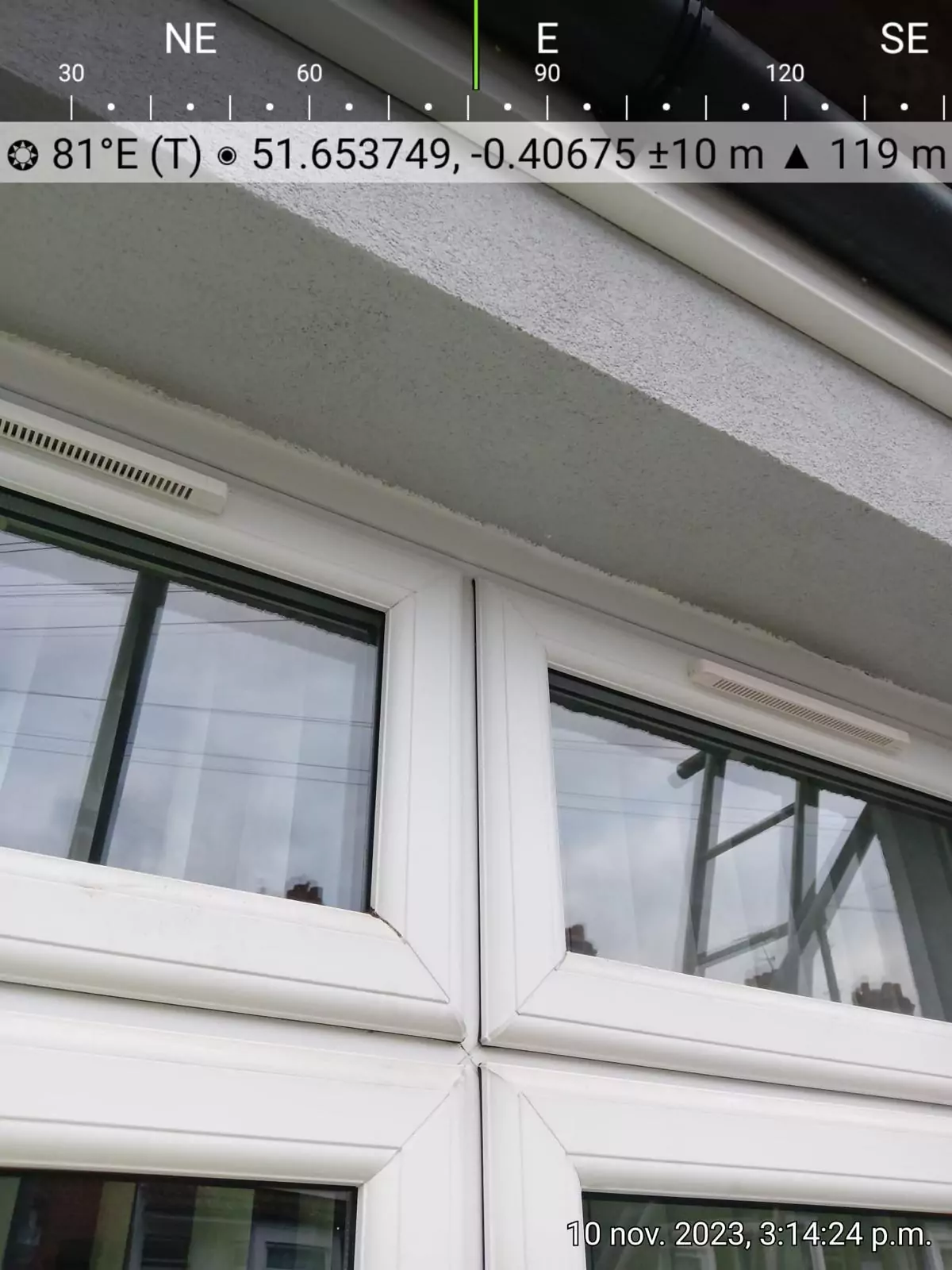
WARM WALL INSULATION – EXTERNAL WALL INSULATION
Example Impact
For a home in a damp, rainy region:
- Without EWI: Moisture penetrates walls, leading to cracks, mold, and higher heating costs.
- With EWI: Walls remain dry, protected, and insulated, reducing repair needs and improving energy efficiency.
Would you like more information on weatherproof materials, finishes, or tips for maintaining EWI in harsh climates?
External wall insulation (EWI) can significantly enhance soundproofing in addition to its thermal and aesthetic benefits. Here’s how it works and what kind of improvements you can expect:
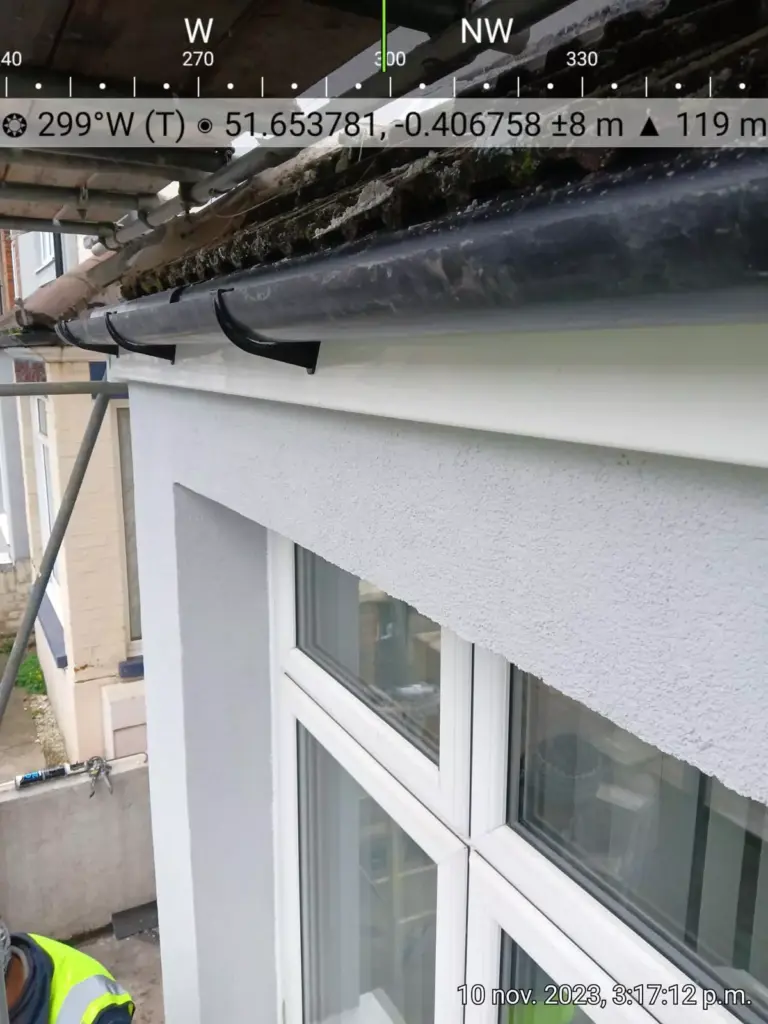
WARM WALL INSULATION – EXTERNAL WALL INSULATION
How External Wall Insulation Improves Soundproofing
- Added Insulating Layer:
EWI systems use materials like mineral wool, expanded polystyrene (EPS), or phenolic boards, which are dense and absorb sound waves, reducing noise transmission through walls. - Reduced Vibrations:
The insulation layer dampens vibrations caused by external noise, such as traffic or construction, by creating a physical barrier. - Sealed Gaps and Cracks:
EWI installation often involves repairing and sealing external walls, which eliminates pathways for airborne noise. - Combination with Finishes:
Certain finishes, like textured render or additional cladding, can further enhance soundproofing by diffusing and absorbing sound.

WARM WALL INSULATION – EXTERNAL WALL INSULATION
Noise Reduction Potential
- Homes near busy roads, railways, or noisy urban areas can benefit from a noticeable reduction in noise levels, typically by 8–12 decibels (dB), depending on the insulation material and wall construction.
- Mineral wool, due to its open-fiber structure, is particularly effective for soundproofing compared to rigid foam boards.
Benefits of EWI Soundproofing
- Quieter Indoor Environment:
Enjoy a more peaceful home, free from the disturbances of external noise. - Improved Sleep Quality:
Reduced noise pollution can lead to better sleep, especially in bedrooms facing noisy areas. - Enhanced Privacy:
EWI can also reduce the noise leaving your property, ensuring conversations or activities inside are less audible outside. - Combined Benefits:
The soundproofing properties of EWI complement its thermal insulation, providing a dual-function solution for a more comfortable home.

WARM WALL INSULATION – EXTERNAL WALL INSULATION
Materials for Maximum Soundproofing
- Mineral Wool (Rockwool): Best for sound absorption and thermal insulation.
- Phenolic Foam: Effective for both noise reduction and high thermal performance.
- High-Density EPS: Offers moderate soundproofing at a lower cost.
Practical Considerations
- Type of Noise:
EWI is most effective against airborne noise (e.g., traffic, voices). However, it is less effective against impact noise (e.g., vibrations from heavy machinery). - Wall Type:
The soundproofing impact will depend on the construction of the original wall (solid brick, concrete, etc.). - Additional Measures:
For maximum noise reduction, consider combining EWI with:
- Upgraded windows (e.g., double or triple glazing).
- Acoustic panels or insulation inside the property.
Long-Term Value
- EWI soundproofing enhances overall comfort and livability.
- Adds value to homes in noisy urban environments, making them more appealing to buyers or tenants.
Would you like help choosing materials, or do you need specific advice for reducing noise in your area?
WARM WALL INSULATION - APPROVED EXTERNAL WALL INSULATION INSTALLERS
Thanks for Contacting WARM WALL INSULATION.
Fill in your contact details below, and one of our Admin Team will get in touch with you shortly.
WARM WALL INSULATION - GET IN TOUCH TODAY, AND WE WILL START THE PROCESS FOR YOU!


